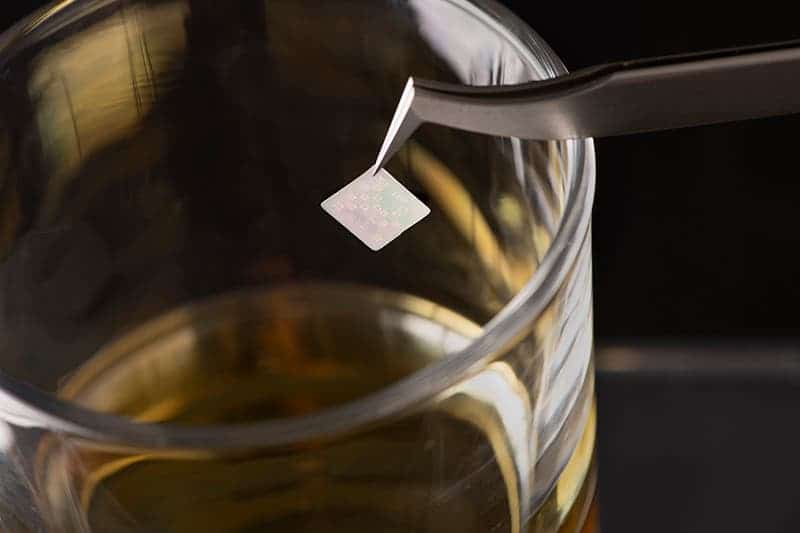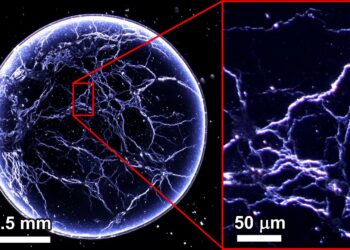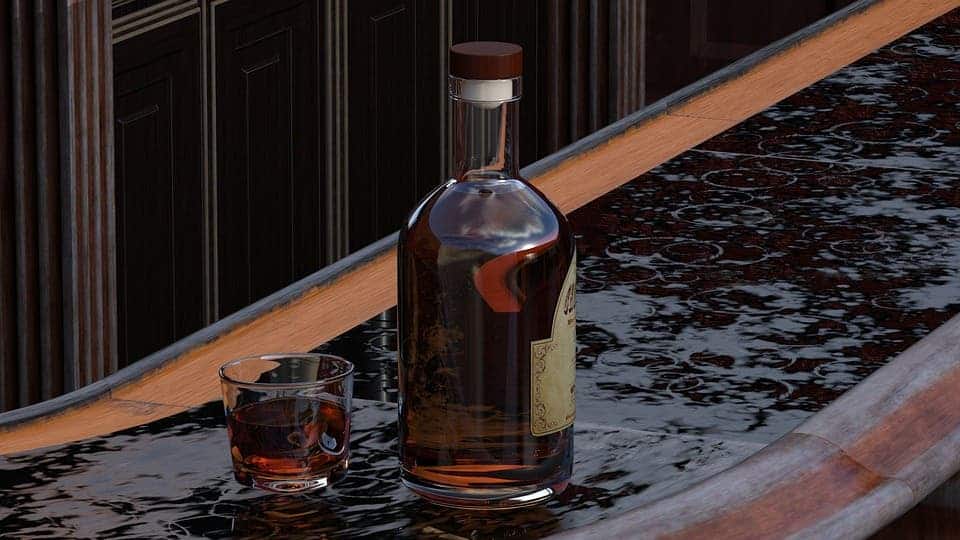
Hate to burst your bubble, but that amazing bottle of whiskey you just spent a lot of money on may be fake. Even some legitimate bars may sell you counterfeit Glenfiddich posing as genuine scotch. Some connoisseurs claim they can spot the difference just by taking a whiff, but this new edible fluorescent silk tag smells more like science to me.
The product of a collaboration between engineers from Purdue University in the USA and the National Institute of Agricultural Sciences in South Korea, this little silk tag essentially has a QR code that can be scanned with a smartphone.
Before you imagine a huge barcode in your glass of whiskey and how you might feel like instantly switching to craft beer, bear in mind the tag is not visible to the naked eye. Furthermore, the tag is edible and tasteless, so there is no risk to your health or that of alternating the whiskey’s quality.
“Alcohol spirits are vulnerable to counterfeiting. There are a lot of fake whiskeys being sold,” said Jungwoo Leem, a postdoctoral research associate at Purdue University, and co-author of the study published in ACS Central Science.
Indeed, the industry loses billions each year. Just in the UK, 18% of adults claim they have at one point purchased fake alcoholic spirits — and that’s only what they know of. According to the Scottish Universities Environment Research Center, up to 40% of collectible bottles of single malt Scotch sold in 2018 — some of which can cost thousands of dollars per unit — were either fake or distilled in a different year than advertised.
Typically, counterfeiters will fill either empty bottles of used genuine whiskey or knock-off bottles with cheap booze, then reseal and sell them to unsuspecting customers.
This type of anti-counterfeiting doesn’t stop at whiskey. The same invisible tagging technology could be used to spot fake meds, which are much more dangerous. In some instances, people are killed by taking such “medication”.
“Online pharmacies sell controlled substances to teens. People can buy counterfeit opioids easily. This work is extremely important for patients and buyers in addressing this issue,” Young Kim, associate professor at Purdue’s School of Biomedical Engineering, said in a statement. “If you have this technology on or in your medicines, you can use your smartphone to authenticate. We want to empower patients to be aware of this issue. We want to work with pharmaceutical companies and alcohol producers to help them address this issue.”
To make the tags, the researchers used an intricate process in which they extracted a biopolymer from the fluorescent silk cocoons of specialized silkworms. The material is then used to print a variety of patterns that encode information, such as a whiskey and medicine bottle’s unique serial number.
Over a 10-month period, the two researchers placed QR tags inside whiskey bottles of various price points and from different brands. Shining a smartphone’s flashlight under a specific setting, which could be controlled by an app, activates the tags. The same device then reads the tag.
Elsewhere, researchers at the University of Technology of Sydney devised an electronic chemical sensor that mimics the human olfactory system. The device sniffs odor molecules in a sample of whiskey and cross-analyzes the detected chemicals using a machine learning algorithm to tell genuine from fake whiskey. This electronic ‘nose’ had a 96% accuracy rate.






